How to Check for Bald Tires?
All it takes is a simple inspection to tell whether or not your tires have gone bald. While taking note of the disappearing tire treads and sipes, there is another thing you can do to know the status, more importantly, a test.
This is the Penny Test. So, take a penny and insert in one of the tire’s tread, preferably in the middle one. While inserting the coin, you put Lincoln’s face in the downward position and keep a check on how much the coin hides behind the treads.
If the coin down to the extent that Lincoln’s face is partly covered, you are good to go. If the face is still showing, it is time to change the tires as your tires have gone partially bald, and the tread will completely vanish, depending on the usage.
So, if you are going to the office in your car every day, then chances are you need to start looking for new tires right away.
Why Is It Dangerous To Drive With Bald Tires?Driving with bald tires is dangerous, period. The reason being you won’t get any traction with the road. So, even a simple brake can lead to skidding and losing control. That’s not all, driving at high speed with bald tires can also lead to more frequent puncture and, in worst cases, a blowout. As per the 2018 NHTSA Survey, 2% of the car crashes were the result of critical reasons, out of which tires were responsible for 35% of the crashes.
Have you ever seen a car drift or a tire burnout performed by a stuntman? The smoke that comes out from the car tire when it rotates at high speed while pushing down on the road is evidence of the tire’s rubber burning out.
That is exactly what happens when you drive the car on the road. While the process here is slow, it is there. As the rubber burns, the treads start to disappear, and eventually, the tires won’t have any grooves to let the water flow through smoothly.
If not for these grooves and treads, the air will not pass, failing to cool down the tires, and water will also not pass through, leading to skidding, punctures, loss of control, braking issues, etc.
Well, a lot can happen if you drive on bald tires. For one, hydroplaning is the most dreadful effect. Along with this, there will be excessive heat buildup that will further lead to rubber burning at an accelerated pace. Driving on bald tires will also make it difficult to drive on wet and snowy roads. Here are the effects of driving with bald tires.

These are four more reasons to convince you that driving with bald tires is never a good idea. Make sure you replace the worn-out tires before taking the vehicle out on the road again.
Can Bald Tires Explode?Yes, bald tires can easily explode. Tire blowouts are common yet one of the most dangerous things, especially when you are driving on the road. Bald tires can explode due to various reasons. These include;
Bald tires can explode due to various reasons. These include;
No matter what happens when you are driving with bald tires, a tire burnout or explosion is always the worst-case scenario, and it must be prevented.
Why Do Tires Go Bald In The Middle?A lot of reasons can make the tires go bald in the middle, including excessive use, inconsistent driving patterns, unbearable summer heat, driving on rough roads, drifting, etc.
Also, misalignment, over & under-inflated tires, suspension issues impact the overall health of the tires. This increases the stress on the tires, ultimately making them go bald.
Frequently Asked QuestionsHow to prevent the tires from balding?Tire rotation is one of the best ways to extend a tire’s life and ensure that it does not go bald.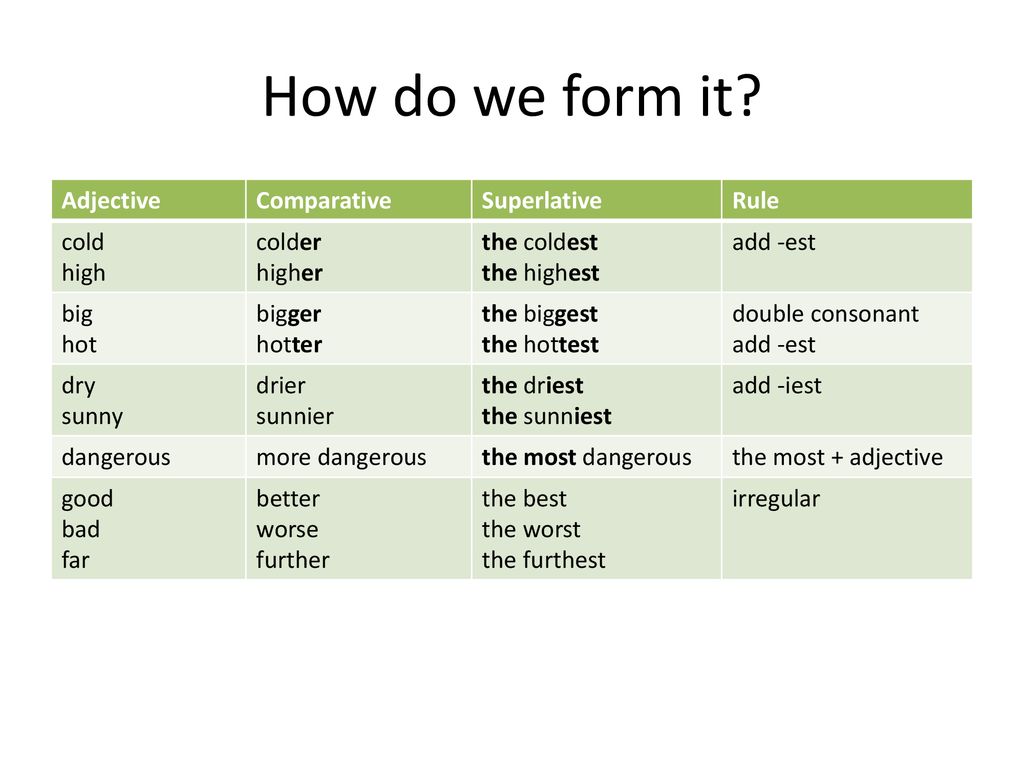 Rotation requires shifting the tire’s position with each other to ensure that every tire wears out evenly.
Rotation requires shifting the tire’s position with each other to ensure that every tire wears out evenly.
Anytime before the tires go bald is right to change the tires. So, make sure that you conduct the tread depth test periodically and keep an eye on those grooves, sipes, and treads. Once they start fading out, consider changing the tires.
Why do bald tires cause braking issues?Even though the brakes are applied to the inner tire rim, the tires are in constant touch with the road. Bald tires means there will be less traction and loose grip. Both these reasons lead to braking issues.
Satisfied Customer Stories
Sturtevant auto is the place to go for quality used auto parts at a reasonable price. Very friendly ...
Very friendly ...
Adam is one of the best workers. He is fast to the phone and handles the customers as they come in. ...
"Destiny was very help polite and got me what I needed in a manner able fashion I appreciate her hop...
Like Sturtevant Auto
on Facebook
Don't Let this Happen to You
You can drive on bald tires for as long as you feel comfortable risking your life. Technically, you can drive on bald tires until they burst on the freeway while you’re doing 80 miles per hour; but we don’t endorse that. Customers often ask the expert mechanics at Sturtevant Auto how long they can drive on bald tires and we always tell them; “As long as it takes to drive down to our yard and buy new tires.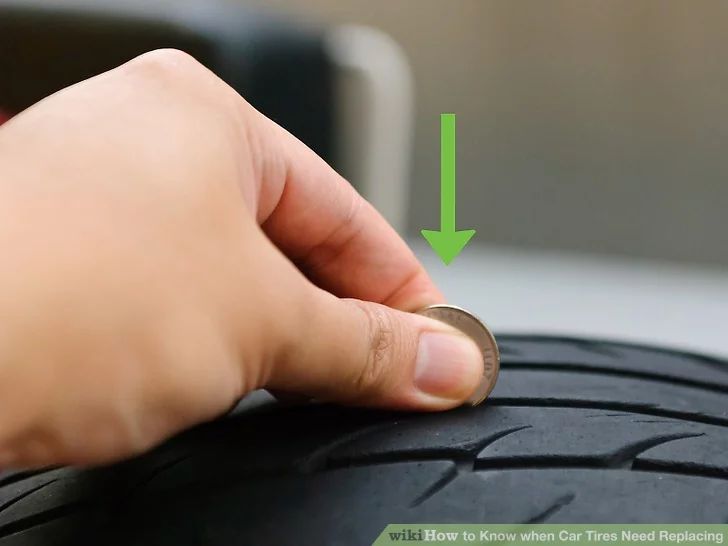 ” Bald tires aren’t just dangerous, they’re deadly. Driving on bald tires can kill you the following ways:
” Bald tires aren’t just dangerous, they’re deadly. Driving on bald tires can kill you the following ways:
We aren’t writing this because we want to scare you into buying tires from us. We’re writing this because driving on bald tires is truly dangerous. The 2,000 pound hunk of steel you are driving is connected to the road by four pieces of rubber, make sure those pieces of rubber are safe.
Contact us today!
Bald tires are nothing to mess with, especially on slippery roads. It's a sure sign that you should replace your tires-pronto! Don't wait until it's too late, visit our junkyard near Milwaukee to find used car tires for cheap. They serve as wonderful replacements in excellent condition and you're not spending a fortune!
Sturtevant Auto carries used car tires for all different makes and models, including:
Chevrolet
Chrysler
Ford
Honda
Hyundai
Kia
Nissan
Subaru
Toyota
Volkswagen
Auto Parts
Contact Us
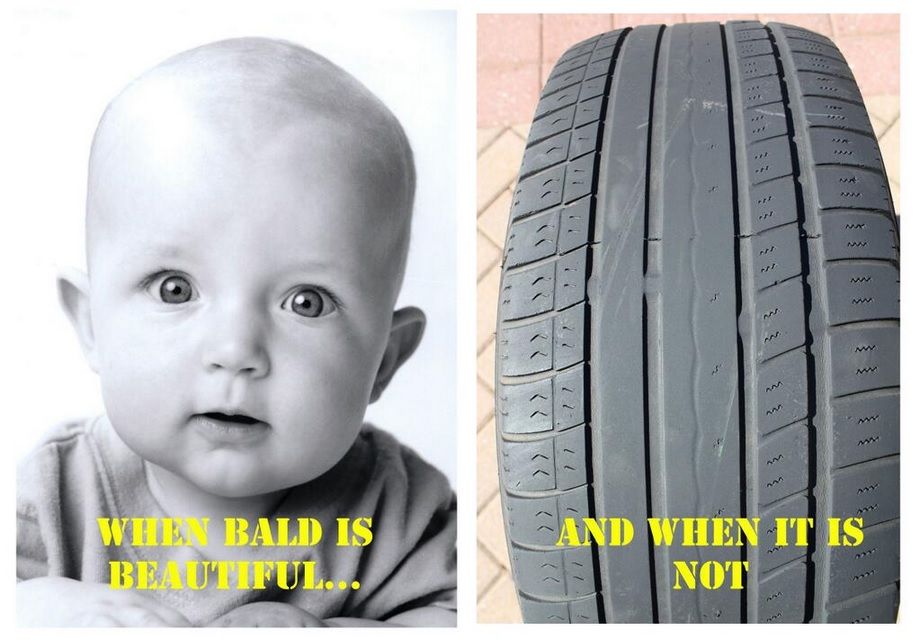 Hydroplaning in a Rainstorm and Crashing into a River
Hydroplaning in a Rainstorm and Crashing into a RiverThe tread on your tires is designed to push water out from underneath them. As that tread wears down nothing prevents water from getting between the road and your tires. Once you hydroplane, you can no longer turn to avoid a crash or brake to slow down.
Back to top
The tread on your tire helps grip the road. Proper tread ensures your car goes where you want it to go, not where momentum wants it to go. Take a turn with bald tires and there’s nothing stopping you from going straight into a tree.
Back to top
Tread keeps your car from going where you don’t want to go. If your tire is bald, you won’t have any tread to slow you down. Stopping distance increases exponentially if your tires are bald. You could have the best brakes in the world, but they won’t make a difference if there’s nothing keeping you on the road.

Back to top
Aside from used tires, we also carry other auto parts for affordable prices. From windshields, to batteries and transmissions, we’ve got it all, including:
Return to Sturtevant Auto News
Sturtevant Auto has an incredible selection of used auto parts.
Call 262-835-2300 to have one of our friendly associates find your part in our computerized inventory.
Call us today!
Sometimes there is no desire and need to spend money on a new set of rubber. For example, you are going to sell a car - and it's time to change the tires. At this point, either put the cheapest ones, or go for a little trick - deepen the tread.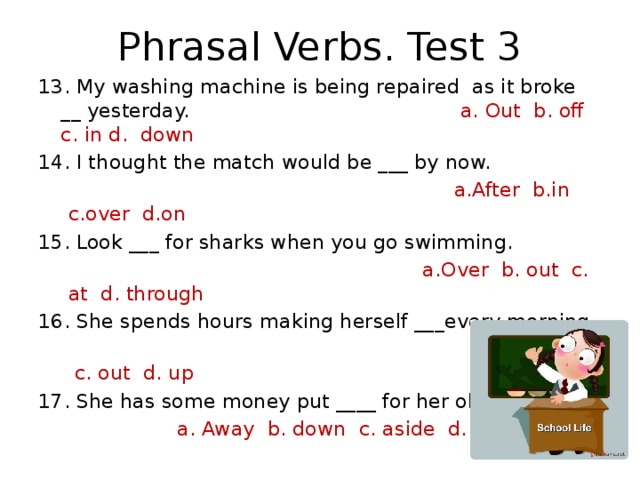 Elion service specialists told about the details of a simple, in general, process. By the way, when looking for a tire fitting, it turned out that not so many companies are engaged in cutting: there were a couple of individual entrepreneurs and several services. nine0003
Elion service specialists told about the details of a simple, in general, process. By the way, when looking for a tire fitting, it turned out that not so many companies are engaged in cutting: there were a couple of individual entrepreneurs and several services. nine0003
Not all tires can be deepened - it depends on the tread pattern and the type of rubber (winter or summer). “It is desirable not to cut the winter. The more wear on the sipe, the less traction. This is critical in winter tires. But there are customers who still ask to increase the tread. In principle, as the customer wants, so we will do it, but under his responsibility, ” - says the director of the service Alexander. There is no guarantee for this type of work. That is, in theory, you can drive out with cut tires and catch a hernia at the first hole - you won’t be able to blame either the service or the rubber manufacturer. nine0003
The tires on the left and in the middle have a cut tread. And on the wheel on the right, right in the center, a horizontal strip is noticeable passing through the contact patch - this is the wear mark, which is cut off when deepening And on the wheel on the right, right in the center, a horizontal strip is noticeable passing through the contact patch - this is the wear mark, which is cut off when deepening |
Expensive tires like Michelin and Continental do not recommend cutting into : they usually have a small margin of thickness between the cord and rubber. The treads in such tires deepen with a remainder of two to three millimeters with uniform wear. nine0007 “Here is an example of an SUV tire. A few millimeters remained before the wear mark. Wear was uniform - this is very important. Such rubber is cut without problems. Season, even two, you can safely leave. If the wear is uneven, it is undesirable to deepen the tread. Usually, if the alignment is incorrect, the tire on one side is erased almost to slicks, and on the other, everything is fine, the pattern remains. People come and ask to do something about it. In principle, it is possible to deepen the tread, but in a month or two a “roll” may appear there, - Alexander explains. – “Here is a sliced winter tire. But you can’t use it like winter - without a lamella you will be like skiing. Although if someone needs to skate the summer and there is no way to buy tires for the season, then you can ride with chopped winter tires.
– “Here is a sliced winter tire. But you can’t use it like winter - without a lamella you will be like skiing. Although if someone needs to skate the summer and there is no way to buy tires for the season, then you can ride with chopped winter tires.
| Recessed tread with cut-out drains on the edges |
The groove does not always follow the original tread pattern. When the pattern is ornate, it is easier to make indentations on top of the main stain, which is almost erased. Before starting work, the master himself decides how best to cut the tire in order to achieve maximum grip on the road and add drainage paths. The remaining rubber from the recess to the cord is usually on the order of three millimeters. It is this layer that is removed, so you need to be careful not to cut through the tire to the cord. nine0003
Alexander continues: “ The tread deepens by a maximum of three millimeters, and even then not in all tires.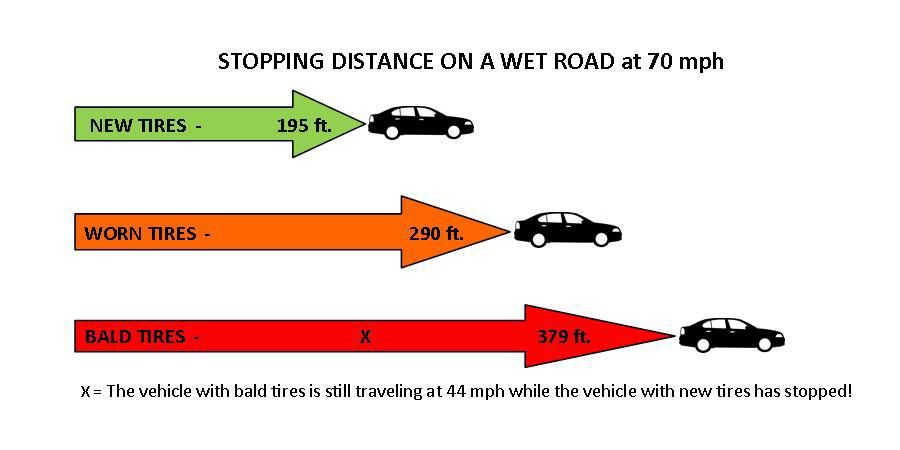 Visually it seems larger because we cut off the labels on the tracks. Such rubber, of course, is easier to break through - the structure of the tire is weakened. In general, if you drive carefully, do not jump on the curbs, then the risk of a puncture or a hernia is minimal.” How long you can ride with a cut tread depends only on the condition of the tire and driving style, so it's impossible to say for sure. nine0003
Visually it seems larger because we cut off the labels on the tracks. Such rubber, of course, is easier to break through - the structure of the tire is weakened. In general, if you drive carefully, do not jump on the curbs, then the risk of a puncture or a hernia is minimal.” How long you can ride with a cut tread depends only on the condition of the tire and driving style, so it's impossible to say for sure. nine0003
The cutting tool is a bit like a wood burner, only the gun is more massive. The tip is a metal bracket. Nozzles are interchangeable, come in different widths. The process does not seem complicated: we turn on the device, look at the place on the rubber and start cutting. “The principle of operation is, roughly speaking, like an incandescent light bulb. Approximately the depth is set to a few millimeters, if more - cut through to the cord, " - explains the master. It is necessary to press a little harder, and expose the cord. nine0003
| If you overdo it, you can cut through to the cord |
The cost of cutting depends on the complexity of the pattern and the diameter of the tire. On average - two hundred thousand for one wheel . “In fact, there is nothing good in deepening the tread. You purposefully make the tires worse and save on your safety. Yes, with high-quality cutting, tires take care of one or two seasons without problems. But it is important to understand that the properties of the tire have become worse anyway, and the risk of a “roll” or puncture has slightly increased. Cutting without problems is done on wheels for trucks, loaders - there the thickness of the rubber allows you to make a recess. At the same time, there are cases when tires for passenger cars can be cut without a significant deterioration in quality. Look at the condition of the tires. In addition, the wheel in any case becomes fresher in appearance - this is enough to drive the season or while the car is on sale, ” - explained in "Aelion".
On average - two hundred thousand for one wheel . “In fact, there is nothing good in deepening the tread. You purposefully make the tires worse and save on your safety. Yes, with high-quality cutting, tires take care of one or two seasons without problems. But it is important to understand that the properties of the tire have become worse anyway, and the risk of a “roll” or puncture has slightly increased. Cutting without problems is done on wheels for trucks, loaders - there the thickness of the rubber allows you to make a recess. At the same time, there are cases when tires for passenger cars can be cut without a significant deterioration in quality. Look at the condition of the tires. In addition, the wheel in any case becomes fresher in appearance - this is enough to drive the season or while the car is on sale, ” - explained in "Aelion".
An interesting moment came to light at the end of the conversation. Most often, the owners of not old state employees come to deepen the tread, as one might think, but the owners of premium cars - fairly fresh BMW, Mercedes, Lexus. True, one must understand that now these cars in a neighboring country are much cheaper than new ones, and they only look premium.
True, one must understand that now these cars in a neighboring country are much cheaper than new ones, and they only look premium.
| Approximately this layer of rubber is removed when cutting |
**
It's better not to cut the tires yourself - firstly, you need to get an expensive device somewhere (note the price can reach up to twenty million), and secondly, while you learn, ruin more than one tire. The only reason to deepen the tread at all is to save money. However, it concerns not only money, but also security. Cutting does not pass without a trace for the characteristics of rubber. With careful driving as such, problems should not arise, but if possible it is better to just buy a new set of tires. nine0003
Judging by the results of voting on our website, the vast majority of motorists have already used the services of tire fitting and have changed tires according to the season (420) . It is understandable, the spring air has warmed up above +10°C for a long time, and frosts are not expected. Let some think otherwise (82) .
It is understandable, the spring air has warmed up above +10°C for a long time, and frosts are not expected. Let some think otherwise (82) .
Nevertheless, some drivers are in no hurry to change "winter" to "summer", intending to call for a tire service today or tomorrow (93) or in the next holidays (105) .
It is depressing that almost third of motorists intend to drive on winter tires in summer (315) , explaining this by a difficult financial situation. We want to remind you: any winter tires, even the most famous and expensive ones, will lose to summer tires in “asphalt” disciplines. Therefore, if you are limited in funds for new tires for your car, then it is better to look for tires with low mileage. In any case, it will be safer that way. nine0003
Many drivers will have their own opinion on this matter.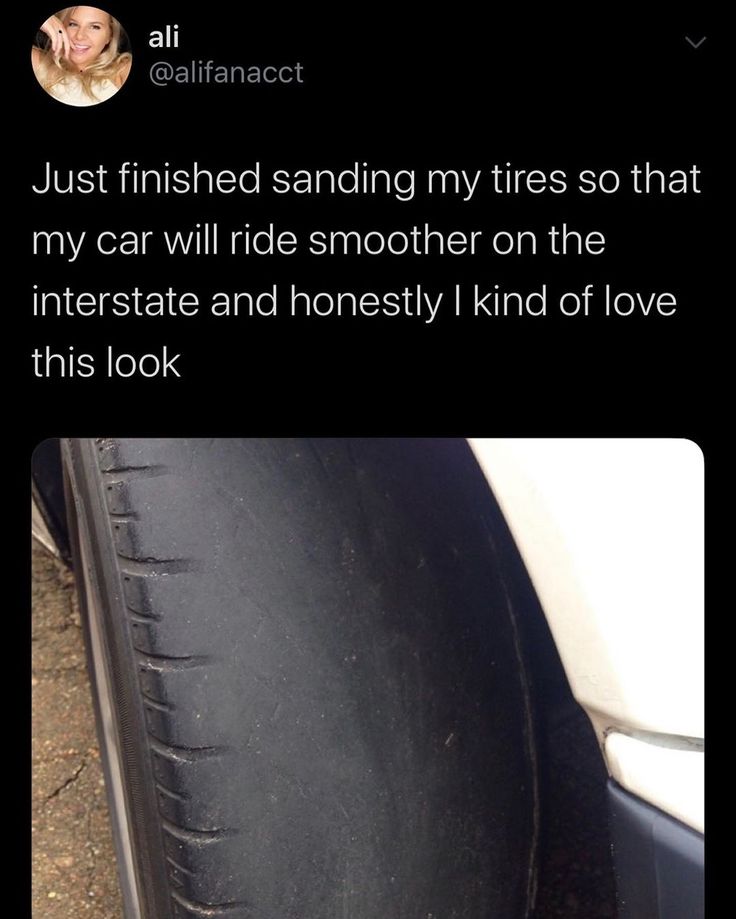 Some will focus on the requirements of the law, namely the minimum tread depth. Others will say that tires should not be used for more than five years, after which the rubber loses its properties and becomes "wooden". Still others will remember that they read about mileage limits ranging from 40 to 60 thousand kilometers. The fourth will operate only with the amount of money in the wallet. nine0003
Some will focus on the requirements of the law, namely the minimum tread depth. Others will say that tires should not be used for more than five years, after which the rubber loses its properties and becomes "wooden". Still others will remember that they read about mileage limits ranging from 40 to 60 thousand kilometers. The fourth will operate only with the amount of money in the wallet. nine0003
There is, of course, a very desperate group of motorists. These guys drive to the last and erase the "meaty" tires to the state of a racing slick. Well, individual adepts can be seen rustling spikes on the asphalt in mid-July.
How do you like the rear tires of this Mitsubishi Galant?Whose approach is correct? There is no definite answer, except that the latter pose a serious danger both to themselves and to other road users. Almost all the remaining methods have some logic behind them. nine0003
Driving with tires with less than the required tread depth is punishable by a fine. The police rarely pay attention to this, but it is worth keeping in mind the administrative responsibility. So, according to part 5 of article 590 of the Code of Administrative Offenses of the Republic of Kazakhstan, 5 MCI, or 13,890 tenge in 2020, will have to be paid to the treasury. Repeated violation within a year increases the penalty to 20 MCI (55,560 tenge).
The police rarely pay attention to this, but it is worth keeping in mind the administrative responsibility. So, according to part 5 of article 590 of the Code of Administrative Offenses of the Republic of Kazakhstan, 5 MCI, or 13,890 tenge in 2020, will have to be paid to the treasury. Repeated violation within a year increases the penalty to 20 MCI (55,560 tenge).
The minimum residual tread depth is specified in clauses 5.6.1 and 5.6.2 of Appendix No. 7 TR TS 018/2011 "On the safety of wheeled vehicles". The text says that for passenger cars, the balance must be at least 1.6 mm for summer tires and at least 4 mm for winter and marked with signs: M + S, M & S and M S.
Note that measuring the tread depth with a ruler is an extreme step. Almost all modern tires have special wear indicators. As soon as they appear, the rubber should be replaced.
The average life of almost all tires from major manufacturers is 7-10 years, depending on their seasonality.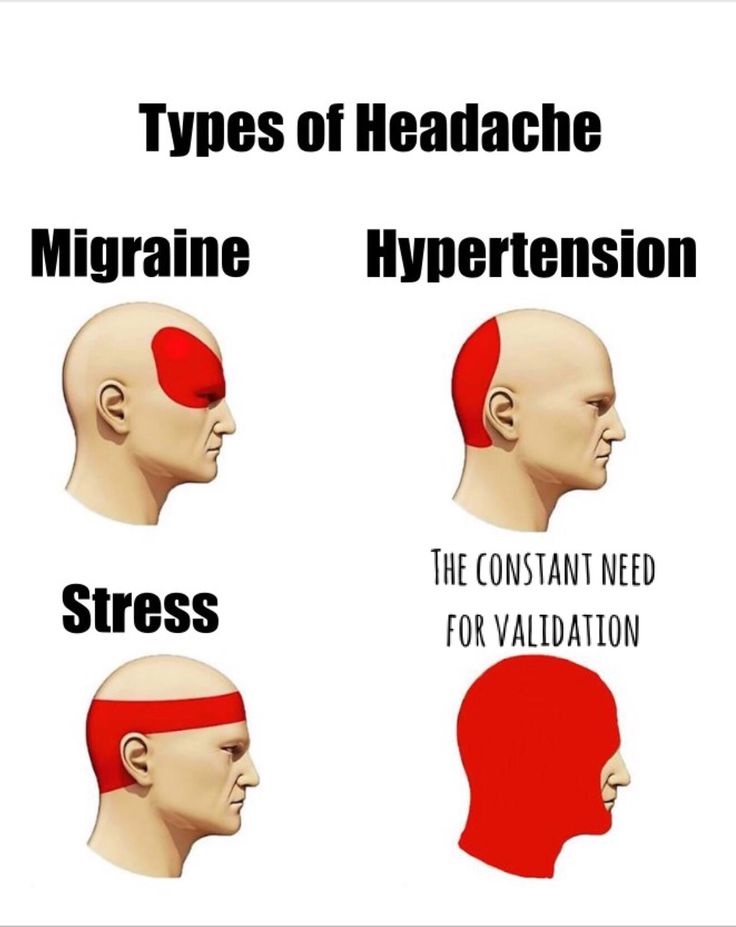 True, such a duration should be expected if a number of operational requirements are met. These include driving on high-quality roads with optimal tire pressure, correctly set wheel alignment angles and a normally working suspension. nine0003
True, such a duration should be expected if a number of operational requirements are met. These include driving on high-quality roads with optimal tire pressure, correctly set wheel alignment angles and a normally working suspension. nine0003
Tire age can be found by a special marker. The four digits enclosed in an oval (more often found on the inner sidewall) are the DOT marking, in a simple way, the production date. The first two digits indicate the week, and the last two indicate the year of production.
Any of the above parameters can significantly reduce the life of the rubber. For example, with insufficient pressure in the wheel, the side parts of the tread will wear off faster, with high pressure, its middle part. Violations in the geometry lead to uneven tire wear. nine0003 The middle part of the tread is worn more. The cause may be excess pressure in the wheel
How and where the rubber is stored is also an important factor.
Manufacturers recommend a dry, cool and dark room.
In Kazakhstan, you should not count on more than five years of operation. Nevertheless, one set of wheels can really drive for about ten years. Whether it's worth it is a completely different question. From personal (almost) experience: tires manufactured in one of the CIS countries served from mid-2008 to spring 2018. The annual mileage of the car was small, about 10,000 km per year, including sorties on light off-road. The rest of the tread after all this time would have allowed the same amount of travel, but when one of the tires was removed for repair (the wheel was regularly flattened), the landing board literally crumbled. nine0003
Another benchmark for tire replacement is mileage. There are often recommendations on the Web that refer to GOST. Their text says: for passenger cars with a carrying capacity of up to two tons, the service life of tires is 45,000 kilometers.
You can also find references to the operating mileage standards for vehicle tires approved by the Ministry of Transport of the Russian Federation. In them, the average service life varies from 40 thousand kilometers for Russian rubber to 60 thousand for foreign. Note that this document became invalid after the entry of the Technical Regulations of the Customs Union. nine0003
In them, the average service life varies from 40 thousand kilometers for Russian rubber to 60 thousand for foreign. Note that this document became invalid after the entry of the Technical Regulations of the Customs Union. nine0003
You can also determine how much a tire can run by using the Treadwear (TW) parameter, which indicates the tire wear index. He rarely receives attention. This figure is usually of interest to those who plan to operate the car in a sports environment. Soft and, accordingly, tenacious rubber has a fairly low TW, which racers are guided by.
Surely you have a reasonable question about how the wear resistance index correlates with mileage. TW appeared thanks to the specialists of the National Highway Traffic Safety Administration (NHTSA). To calculate it, the tire at the test site is compared with a special sample, the TW of which is already known. nine0003
According to the methodology, the TW100 is equivalent to 48,000 mileage until the tires are completely worn out, that is, Nokian Hakka Green, for example, having a TW400, is capable of serving up to 192,000 kilometers. True, in the real world, wear is influenced by many factors that we talked about above, as well as driving style. Therefore, the results of calculations for TW are recommended to be divided by two. It turns out 96 thousand, or almost 5 years of operation, provided that in the warm season the car drives about 20 thousand kilometers.
True, in the real world, wear is influenced by many factors that we talked about above, as well as driving style. Therefore, the results of calculations for TW are recommended to be divided by two. It turns out 96 thousand, or almost 5 years of operation, provided that in the warm season the car drives about 20 thousand kilometers.
In total, we have three parameters that should help with understanding how long tires will last if they are used correctly, and also tell you when to send a set of tires to the scrap and take care of buying new ones. This can be done on the Kolesa.kz portal using the search form in the "Spare Parts" section.
